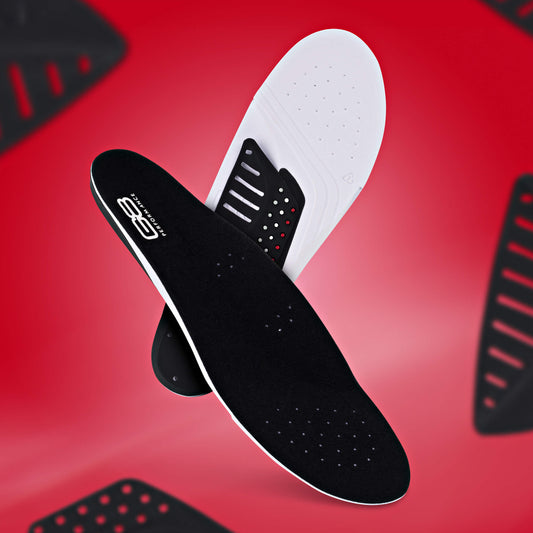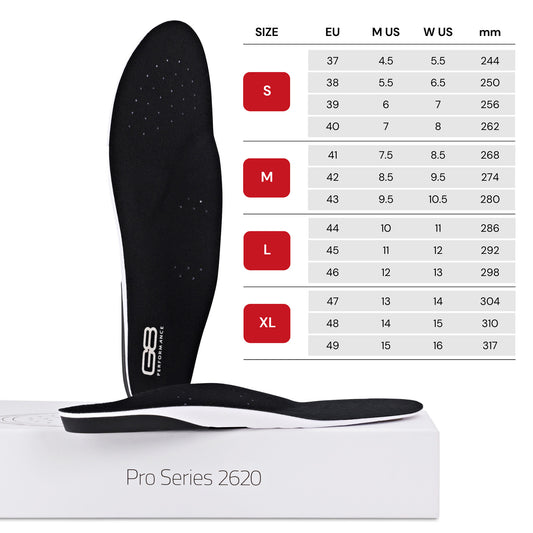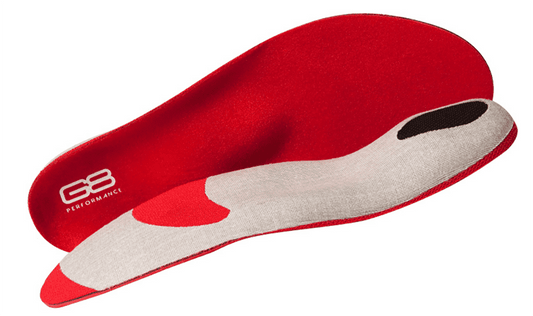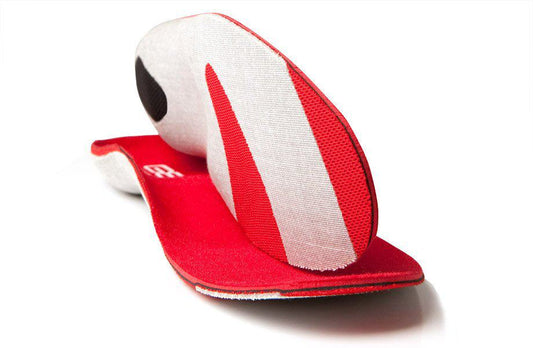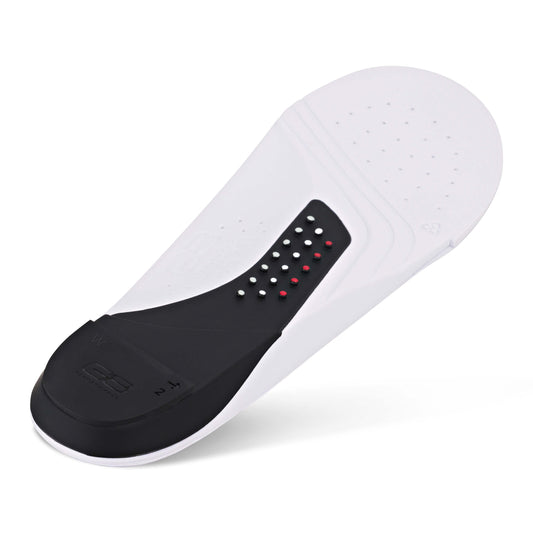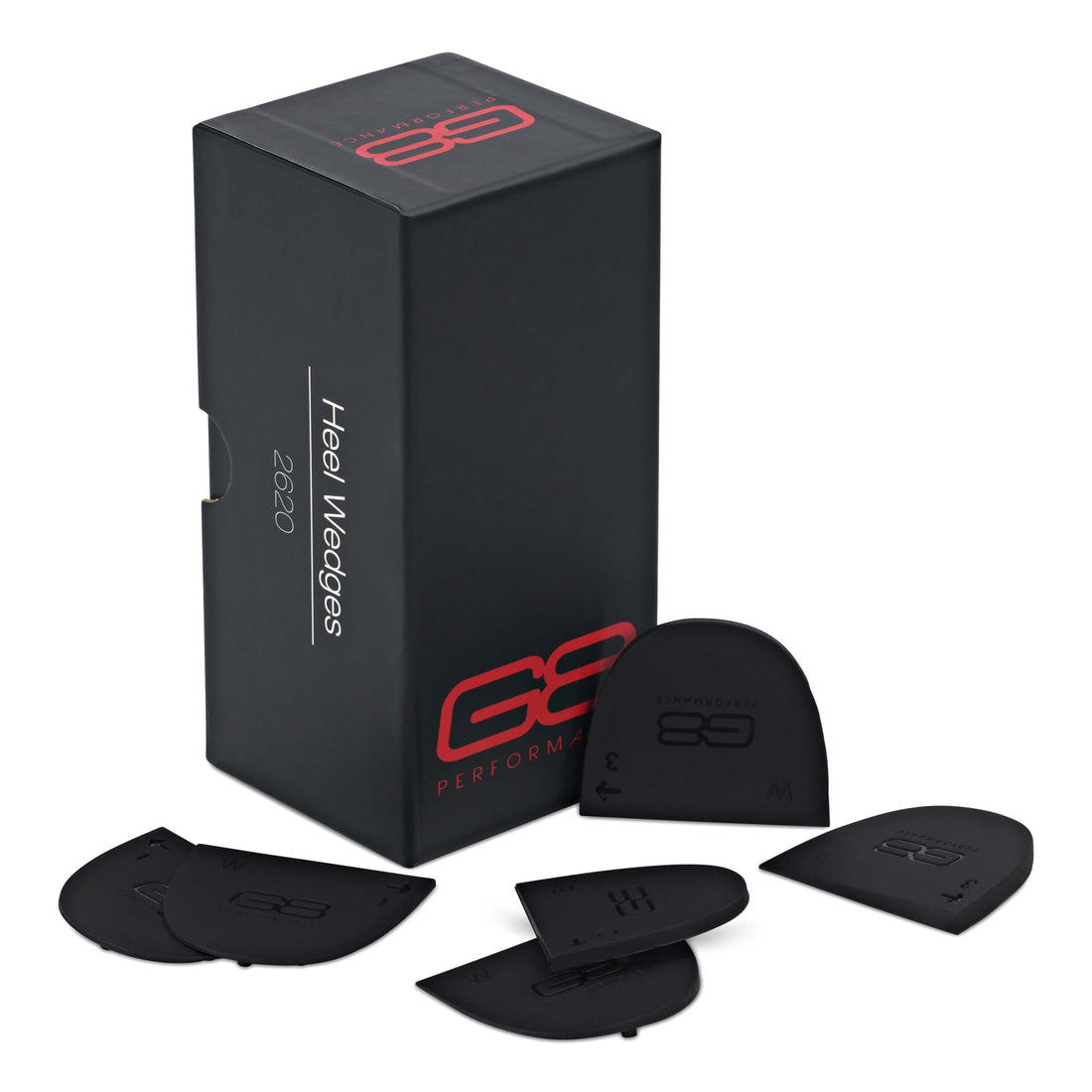
Arch Support Insoles for Plantar Fasciitis: Top Features to Look for in 2025
Why Choosing the Right Arch Support Insoles Matters
If you’re an athlete, fitness enthusiast, or someone who spends hours on their feet, you know how essential arch support insoles for plantar fasciitis are for comfort and performance. Foot pain, especially from plantar fasciitis, can derail your training, slow down your recovery, and limit your ability to perform at your best.
That’s why finding the right insoles isn’t just about cushioning – it’s about support, performance, and long-term foot health. The best insoles don’t just relieve pain; they actively strengthen your feet, promote proper movement, and provide lasting results. In this guide we discuss the Plantar Fasciitis and the top features to look for in Arch Support Insoles for Plantar Fasciitis in 2025.
Understanding Plantar Fasciitis
Plantar fasciitis is one of the most common causes of heel pain, affecting millions of people worldwide. It occurs when the plantar fascia, a thick band of tissue running along the bottom of the foot, becomes inflamed due to excessive strain or improper foot mechanics.
Symptoms of Plantar Fasciitis
- Sharp, stabbing pain near the heel, especially in the morning or after prolonged sitting.
- Increased pain after exercise, standing for long periods, or wearing unsupportive shoes.
- Tenderness along the arch of the foot.
- Stiffness or discomfort that improves with movement but worsens after rest.
Common Causes of Plantar Fasciitis
- Overuse or excessive impact: Common among athletes, runners, and individuals who stand for long hours at work.
- Poor foot mechanics: Flat feet, high arches, or improper gait can contribute to plantar fasciitis.
- Wearing unsupportive footwear: Shoes lacking proper arch support and cushioning increase strain on the plantar fascia.
- Tight calf muscles: Limited flexibility in the Achilles tendon and calf muscles can place added stress on the foot.
If left untreated, plantar fasciitis can lead to chronic pain and even secondary issues like knee, hip, or lower back discomfort due to improper gait compensation. But there is a solution! Finding the right arch support insoles for plantar fasciitis can help relieve these symptoms, let’s get into the top features to look for in 2025.
What to Look for in 2025: The Must-Have Features
Not all insoles are created equal, and the latest advancements in arch support insoles for plantar fasciitis are setting new standards for performance and comfort.
1. Thin and Lightweight Design
Feature:
Modern insoles should be thin and light. This helps them fit well in your shoes without adding bulk or changing how your feet move.
Advantage:
Unlike thick, rigid orthotics, thin insoles allow for natural foot movement while still providing necessary support. They should fit into a wide range of shoes, from running sneakers to cycling cleats and work boots.
Benefit:
- Reduces unnecessary pressure on the heel – Many standard insoles add bulk, which can worsen plantar fasciitis symptoms by increasing pressure on the affected area.
- Prevents foot fatigue – Lighter insoles reduce strain, making it easier to stay active without worsening inflammation.
- Ensures consistent support without altering gait – Misaligned foot mechanics can aggravate plantar fasciitis, and lightweight insoles allow for proper motion control without restricting movement.
2. Customisable Support
Feature:
Choosing an insole with customisable support, like G8 Performance’s Pro Series 2620 Insoles, ensures a perfect fit tailored to your foot shape and flexibility needs.
With five adjustable arch heights and eleven position settings, the 2620 Pro Series delivers an unmatched level of personalised support for optimal comfort and performance.
Advantage:
Unlike one-size-fits-all insoles, this level of customisation ensures the perfect balance between support and natural foot mechanics.
Benefit:
- Targets pain at its source – Adjustable arch support reduces strain on the plantar fascia, which is critical for alleviating pain.
- Encourages proper foot alignment – Misalignment places stress on the plantar fascia, and a customisable insole ensures optimal positioning for pain relief.
- Accommodates different foot types – Whether you have flat feet or high arches, custom arch height ensures your foot is encouraged to move in a way that promotes healing.
3. Narrow Heel Cup for Support
Feature:
Look for insoles with a narrow heel cup that supports the foot but allows movement within the shoe. This will help train the muscles in the foot and reduce pain over time.
Advantage:
This design helps stabilise the heel, keeping your foot properly aligned with every step.
Benefit:
- Minimises heel impact – A snug heel fit reduces excessive movement, preventing heel strikes from worsening inflammation.
- Supports natural gait mechanics – Plantar fasciitis often leads to compensatory movements that worsen the condition, but a stable heel cup ensures proper alignment.
- Prevents overpronation – Excessive inward rolling of the foot strains the plantar fascia. The strengthening of the foot when wearing the 2620's over time eliminates overpronation as the foot becomes stronger.
4. Inbuilt Metatarsal Pad for Pressure Relief
Feature:
Look for insole options with an inbuilt metatarsal pad. Inbuilt Metatarsal Pads will help gently spread the forefoot, reducing pressure on the metatarsal bones.
Advantage:
This feature enhances circulation and nerve function in the foot, improving comfort and reducing numbness.
Benefit:
- Reduces overall foot strain – When the forefoot is properly supported, weight is more evenly distributed, taking pressure off the heel and plantar fascia.
- Prevents secondary issues – Many plantar fasciitis sufferers develop metatarsalgia (ball of foot pain) due to poor weight distribution, but a metatarsal pad prevents excessive pressure buildup.
- Promotes better circulation – Good blood flow supports tissue healing, helping the plantar fascia recover faster.
5. Air Flow Chambers for Maximum Circulation
Feature:
Search for insoles with strategically placed airflow chambers within the insole help. This can help regulate your foot's temperature and improve circulation.
Advantage:
Unlike traditional insoles that lack this feature, this design encourages optimal blood flow, reducing the risk of foot numbness and discomfort.
Benefit:
- Prevents inflammation buildup – Poor circulation can exacerbate inflammation, slowing down the healing process. Improved blood flow supports faster recovery.
- Reduces foot swelling – Many people with plantar fasciitis experience swelling, especially after long periods of activity. Airflow chambers help regulate temperature and blood circulation to minimise swelling.
- Enhances endurance for high-performance activities – Reduced swelling and better oxygenation mean you can stay active for longer without increasing pain.
Invest in the Right Insoles for Performance & Recovery
Not all insoles effectively address plantar fasciitis, but the G8 Performance’s Pro Series 2620 Insoles incorporates all of these features and stands out with the perfect blend of support, flexibility, and durability, making it a top choice for 2025.
For those serious about performance, recovery, and long-term foot health, investing in a high-quality, fully customisable insole can make all the difference.
Say goodbye to foot pain and hello to better movement.
👉 Check out the Pro Series 2620 Insoles today!
